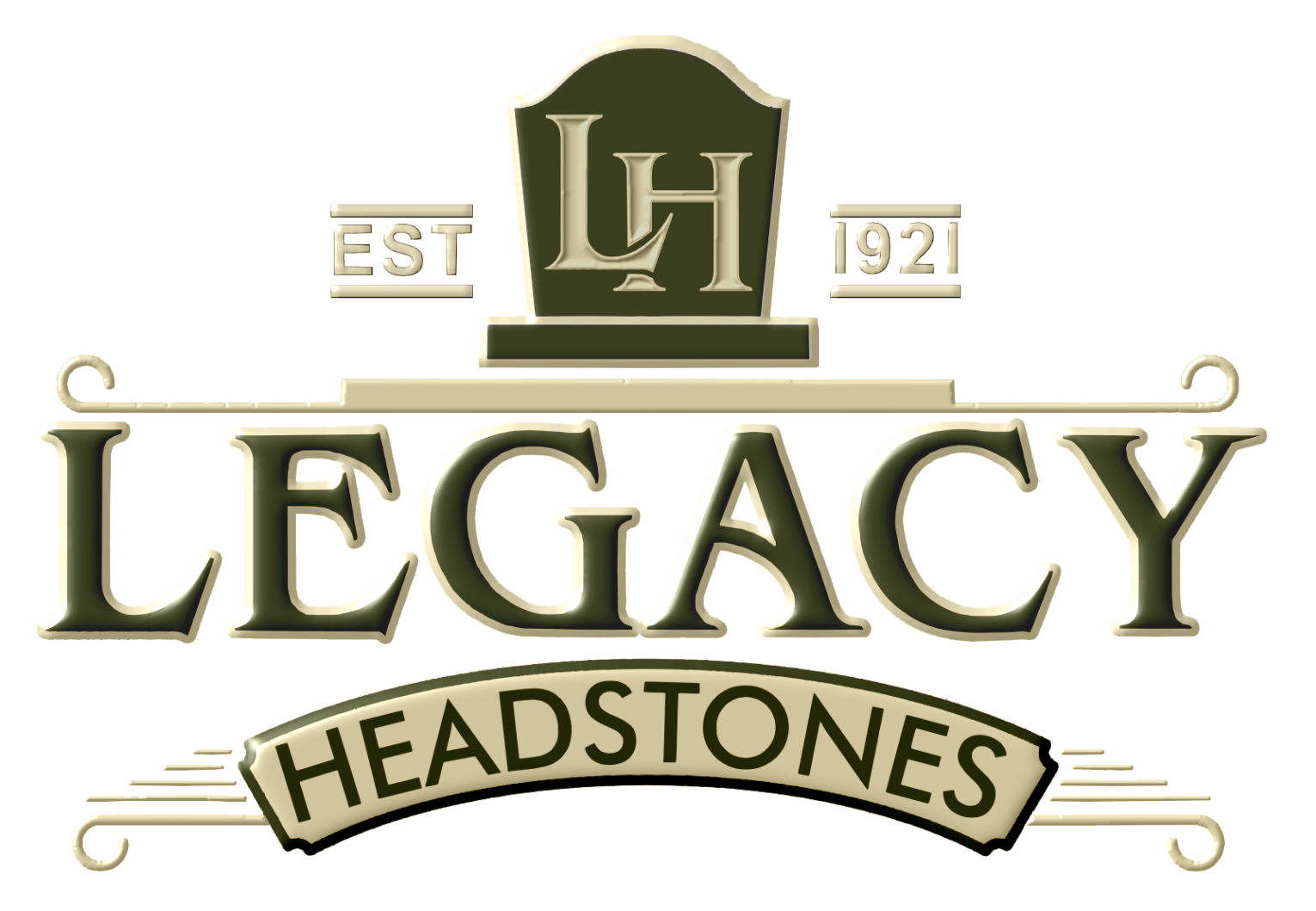Do you know where the world's oldest, most ancient Christian cemetery is located? Within the Arab Republic of Egypt, a transcontinental country spanning the northeast corner of Africa and the Sinaai Peninsula, is El-Bagawat, the oldest known Christian cemetery. Come with us as we explore its history, origins, and more.
Location
The Necropolis of El-Bagawat sits on the southernmost slopes of the Gebel El-Teir, north of the ancient town of Hibis, and lies behind the Temple of Hibis in El Kharga Oasis. Built from mud brick, the cemetery comprises more than 260 tombs resembling small Churches from the early Christian era. The oldest tomb within the graveyard is estimated to date back to the 3rd Century, or more than 1,724 years ago, and the latest is the 7th Century, roughly 1,300 to 1,324 years ago.
Nestled within the middle of this ancient cemetery is one of the oldest Churches in Egypt, dating back to the 11th century AD. During the 5th Century, Bishop Nestorius was exiled to this Church for claiming that only one of Jesus' natures had suffered on the cross, namely the earthly nature rather than the divine.
While time has undoubtedly eroded what must have been beautiful, hand-made structures, the centuries have eroded many Chapel tombs to resemble ruins. It is one of the earliest surviving and best-preserved Christian graveyards worldwide, built on the site of an earlier pre-Christian Egyptian Necropolis.
Earliest Excavated Burials
The earliest excavated burials show no evidence of Christian presence or influence, but several of the later tomb chapels of El-Bagawat show clear evidence of extensive Christian motifs and paintings, mainly two: The Exodus Chapel and The Peace Chapel, having only two surviving extensive Christian paintings.
Western Explorers
Between 1907 and 1932, Western explorers commented on the necropolis, with the Egyptian Expedition of the Metropolitan Museum of New York conducting sporadic investigations and excavating a few burials, but findings had to await a proper publication. In 1951, a more complete The Necropolis of El-Bagawat in Kharga Oasis, by Ahmed Fakhry, was published by the Egyptian Antiquities Service, but many scholars note that it tends to be more selective in its use and treatment of surviving material.
Roman and Byzantine Like
The layout of the Bagawat necropolis, with its funerary Chapels arranged into 'streets,' is similar to what has been seen in Roman and Byzantine Italy. The Chapels still possess semi-circular klinai, known in Latin as lectus triclinaris, a type of ancient furniture used by the ancient Greeks and Romans for cenae funebres, or funeral dinners.
There is a wide array of evidence that suggests many of these chapel-like tombs had many different floor plans, but there is a standard basic plan that consisted of a domed tetrapylon, which is a rectangular form of monument with arched passages with the side openings filled in instead of left empty.
Exterior-wise, there are diverse examples of architecture at that time, from engaged columns to blind arcades and ornamental niches. Burials are either within shallow rectangular graves around the mud-brick chapels or beneath, sometimes in multiple chambers, called hypogea accessed via vertical shafts.
Fakhry lists twenty-two chapels with painted decorations in his book, but only seven contained figurative ones, and the others had painted crosses or other Christian symbols. Two chapels possess extensive decorative schemes; however, chapels 30 and 80 are called The Exodus Chapel and The Chapel of Peace.
The Chapel of Peace
The Chapel of Peace is named after one of three allegorical figures (meaning a story, poem, or picture that can be interpreted to reveal a hidden meaning, such as a moral or political one.) Frescoes painted with watercolors on stone depict the personification of Prayer, Justice, and Peace along with several biblical figures: Adam and Eve, Abraham sacrificing Isaac with Sarah looking on, Daniel, Jacob, and Noah, as well as Paul and Thecla sitting upon gold-colored stools with legs crossed.
Eve stands to Thecla's left, and the Virgin Mary on Paul's right, while Thecla holds a book and pen, and Paul gestures to it with a pointing stick, which may be related to the Acts of Paul and Thecla, which described Thecla listening to Paul's teachings. "Day and night, Thecla heard what Paul said about chastity, and she did not budge from the window but was drawn to faith with great joy."
The paintings within the Chapel of Peace are astounding in many ways, as they reflect a level of technical skill far superior to the other surviving decorations of the necropolis. Many identify these murals as one of the outstanding achievements of Early Christian painting in Egypt.
The Exodus Chapel
While perhaps not as technical as The Chapel of Peace, and maybe a bit more on the crude side, they are probably still one of the most iconographical and exciting of the two, despite their very different style.
The dome is divided into three concentric circular zones, one with a bird-inhabited grapevine in the central zone, with the middle and largest wholly dedicated to the Exodus, the story of the enslavement of the Israelites and the Plagues of Egypt. The lower zones contain around fifteen recognizable episodes from biblical sources.
Today, conservation and visitation to El-Bagawat are thriving, as Christians, practitioners of Judaism, historians, archaeologists, and even site-seers frequently visit the necropolis. As one of the possibly oldest Christian graveyards worldwide, it is a crucial site for many and a precious monument that deserves a spotlight on the stage of history.

